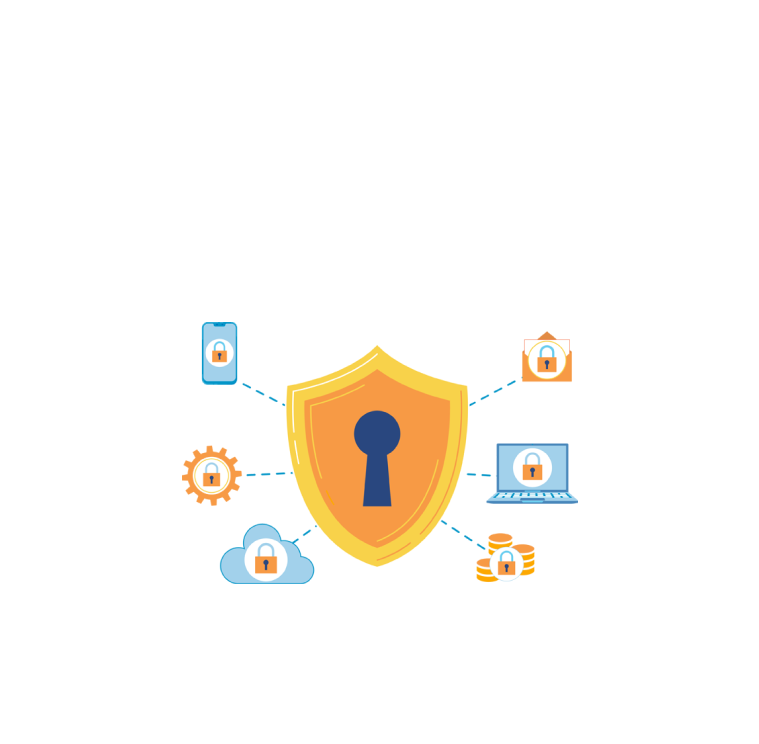Cybersecurity Overview
Introduction to Cybersecurity at Connect
At Connect UX Technology Solutions Private Limited, cybersecurity plays a pivotal role in safeguarding our systems, networks, and data from digital threats. As we navigate the digital landscape, ensuring the security and integrity of our operations is paramount to maintaining trust and continuity in our services.

Importance of Cybersecurity
Protecting Confidentiality, Integrity, and Availability: Cybersecurity ensures that sensitive data remains confidential, systems maintain their integrity, and services are available to authorized users.
Preventing Financial Loss and Reputation Damage: Cyberattacks can lead to financial losses, intellectual property theft, and damage to an organization's reputation.
Compliance and Legal Requirements: Many industries are bound by regulations that require robust cybersecurity measures to protect consumer data and privacy.
Key Concepts in Cybersecurity
Threat Landscape: The variety and sophistication of cyber threats continue to evolve, including malware, phishing, ransomware, and social engineering.
Attack Vectors: Common entry points for cyberattacks include insecure networks, malicious email attachments, weak passwords, and vulnerabilities in software or hardware.
Defense Mechanisms: Cybersecurity defenses encompass a range of technologies and practices such as encryption, firewalls, intrusion detection systems (IDS), and regular security audits.
Major Threat Actors
Hackers: Individuals or groups who exploit vulnerabilities for financial gain, espionage, activism, or simply for the challenge. Cybercriminals: Motivated by financial gain, cybercriminals employ tactics like ransomware attacks, identity theft, and fraud. Nation-states: Governments conduct cyber espionage and cyber warfare to gather intelligence, disrupt adversaries, or influence global events.
Cybersecurity Frameworks and Standards
NIST Cybersecurity Framework: Developed by the National Institute of Standards and Technology, this framework provides a structured approach to managing cybersecurity risk.
ISO/IEC 27001: A widely adopted standard for information security management systems (ISMS) that outlines best practices for implementing cybersecurity controls.
Best Practices for Cybersecurity
Employee Training: Educating staff about cybersecurity risks, phishing awareness, and secure password practices is crucial. Regular Updates and Patching: Keeping software, operating systems, and devices up to date mitigates vulnerabilities. Multi-factor Authentication (MFA): Adding an extra layer of security beyond passwords reduces the risk of unauthorized access. Data Encryption: Protecting data with encryption ensures that even if intercepted, it remains unreadable without the decryption key.
Future Trends in Cybersecurity
Artificial Intelligence and Machine Learning: Used for threat detection, pattern recognition, and automated response to security incidents. Internet of Things (IoT) Security: Securing connected devices and networks as IoT adoption continues to grow. Quantum Cryptography: Exploring quantum-resistant encryption methods to prepare for future computing capabilities.

Conclusion
At Connect UX Technology Solutions Private Limited, cybersecurity is not just a priority but a fundamental aspect of our commitment to excellence and reliability. By continuously evolving our cybersecurity practices, staying informed about emerging threats, and leveraging cutting-edge technologies, we ensure the resilience and security of our operations, safeguarding our clients' trust and our company's future success.
